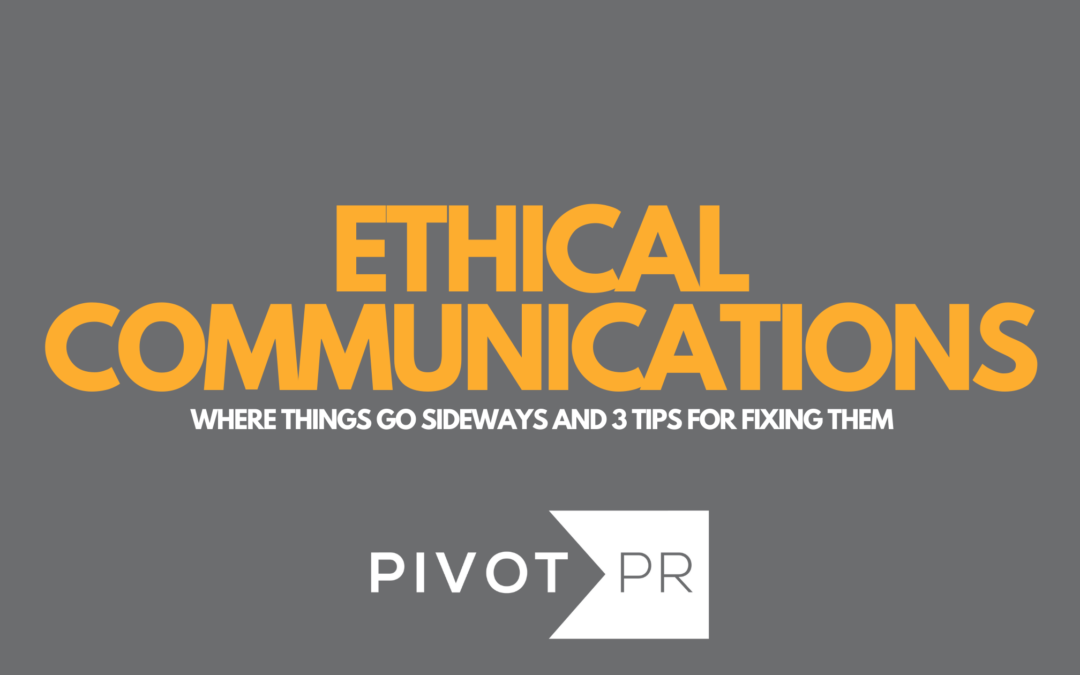In this increasingly digital age where the answer to any question lies at our fingertips, audiences are continually exposed to and processing communications. Engaging in ethical communications means being truthful, concise and responsible with one’s words and the resulting actions. One understands that messages must be conveyed and expressed effectively and that resulting actions (or consequences) will be based on how the message was communicated. Thus, ethical communication delineates a framework of acceptable principles for transmitting messages that aligns with an organization’s overarching code of ethics.
When audiences perceive a message as unethical, they can typically identify one of three adversarial aspects:
- The message is untruthful. Audiences can frequently differentiate between a casual slip-up and an intentional effort by an organization to deceive or mislead, but the line has become increasingly blurred due to the massive quantity of information and opinions to sort through online. While it may be possible for audiences to forgive the former (to an extent), it is much more difficult to overlook the latter, making it crucial for organizations to pay heed to their messages and ensure it never occurs.
- The message is a violation of confidentiality. Exposing intimate details of an ongoing investigation or personal matter is an example of violating confidentiality. It is important not to make audiences uncomfortable and to maintain a positive and respectful tone whenever possible when relaying messages.
- The message is offensive. Organizations should shy away from sharing messages that involve potential debate over sensitive topics such as race, gender, income level, personal background and/or religion. Even with good intentions, personal stories and jokes have the most potential to backfire in this manner.
Organizations can consider these tips for ethical communications:
- Trust your instincts. Listen to your gut for what seems right and wrong, and how you expect a particular message would be received by specific audiences that are crucial to your organization’s success.
- Consider the repercussions. Once the internal barometer has been consulted, think carefully about the potential reaction to the message. In public relations, it is vital to remember that you represent the client but also your agency, the industry and the potential for future client relationships.
- Educate your team. Ensure that all are aware of your organization’s code of ethics. Consider challenging them with dilemmas and carry out “what-ifs” to establish a mutual understanding of procedures for different audience/client situations. While we should always hope for the best, there is also a professional responsibility to prepare for the worst.
